curatorial text
Elena Oliveras
ROGELIO POLESELLO. VORTEX
I
A vortex of pure sensitivity where everything solid becomes fluid. This is what surprises in the work of Rogelio Polesello, resolved in always open trajectories that appeal to an eye “that responds”. That responsive eye (according to the title of the exhibition curated by Wiliam Seitz at the MOMA in 1965) is also a “responsible eye” as an inescapable correlate of works based on relationships that only exist in the act of vision. It happens that, when we look at an optical kinetic work, a difference immediately operates between the physical fact and the perceptible effect, between what existed before perception (a static work) and what happens to exist in the perceptual act (a work moving). Joseph Albers spoke of a disagreement between physic facts and psychic effects.
II
Admirer of Victor Vasarely’s work, Polesello begins his searches, like the Hungarian master, in the field of graphic design. Towards the end of the 1950s Vasarely’s admiration was manifested in paintings that dazzled by an impeccable technique that would later seal all his work. Since the mid-1960s, Polesello’s production includes three-dimensional objects that require not only an eye capable of activating movement, but also a body that, when moving, makes the essence of these works effective: their transformability.
Between the paintings and the – today emblematic – carved acrylic plates a round trip of motivations for new searches will be established. We can imagine the intimate connection between the light represented in the paintings by lines that seem “illuminated” and the light as immaterial matter that really crosses the transparent surface of the three-dimensional works. For the viewer, the simultaneous presence of two and three-dimensional works, in exhibitions such as this one, will stimulate a fascinating interweaving; Although truly separate, the two works virtually unite in turbulent flows.
The pulverization of the environment, visualized through the concave or convex shapes of the acrylic plates, diversifies strategies typical of optical paints – color instability, serial programming, the game of opposite and figure / background perspectives – to highlight expositions of topology, anamorphic distortion, foreshortening and the idea of a labyrinth through the curve and the turn. In this way, a unique neo-baroque aesthetic is configured that will place the “madness of seeing” at the center.
III
Polesello is a tenacious investigator. The proof is in the infinity of sketches on paper where he studies perspectives, structures of shapes and colors to combine them again and again. They are small format drawings that reliably document the value of adventure beyond perfection. Polesello accepts the risk of “imperfection”; Hence, some of his paintings show, together with the perfect structure of straight and curved lines – highlighted in the chromatic minimalism of his works in black and white – the imprint of a subjective intonation. It is what we find in the “sweep” of some funds in which the mark of the unrepeatable gesture has remained.
Double game of order and randomness that reveal the complexity of a thought. So much that, to the visual appeal of Polesello’s works, a strong conceptual base is added that is not always sufficiently recognized. The concept of deconstruction, among others, is key in his poetics. We discovered it in the need to reveal the genesis of the work by inscribing the imprint of the creative steps. The mark of the production process will be reflected in paintings in which the basic sketch is reproduced, in a small format, in dialogue with the final work that amplifies it while fragmenting it. It is no longer necessary to disguise the creative matrix or everything that was previously “behind the scenes”.
And so, finally, the question arises: when does a work actually end? Perhaps in its beginnings.
view more
exhibition
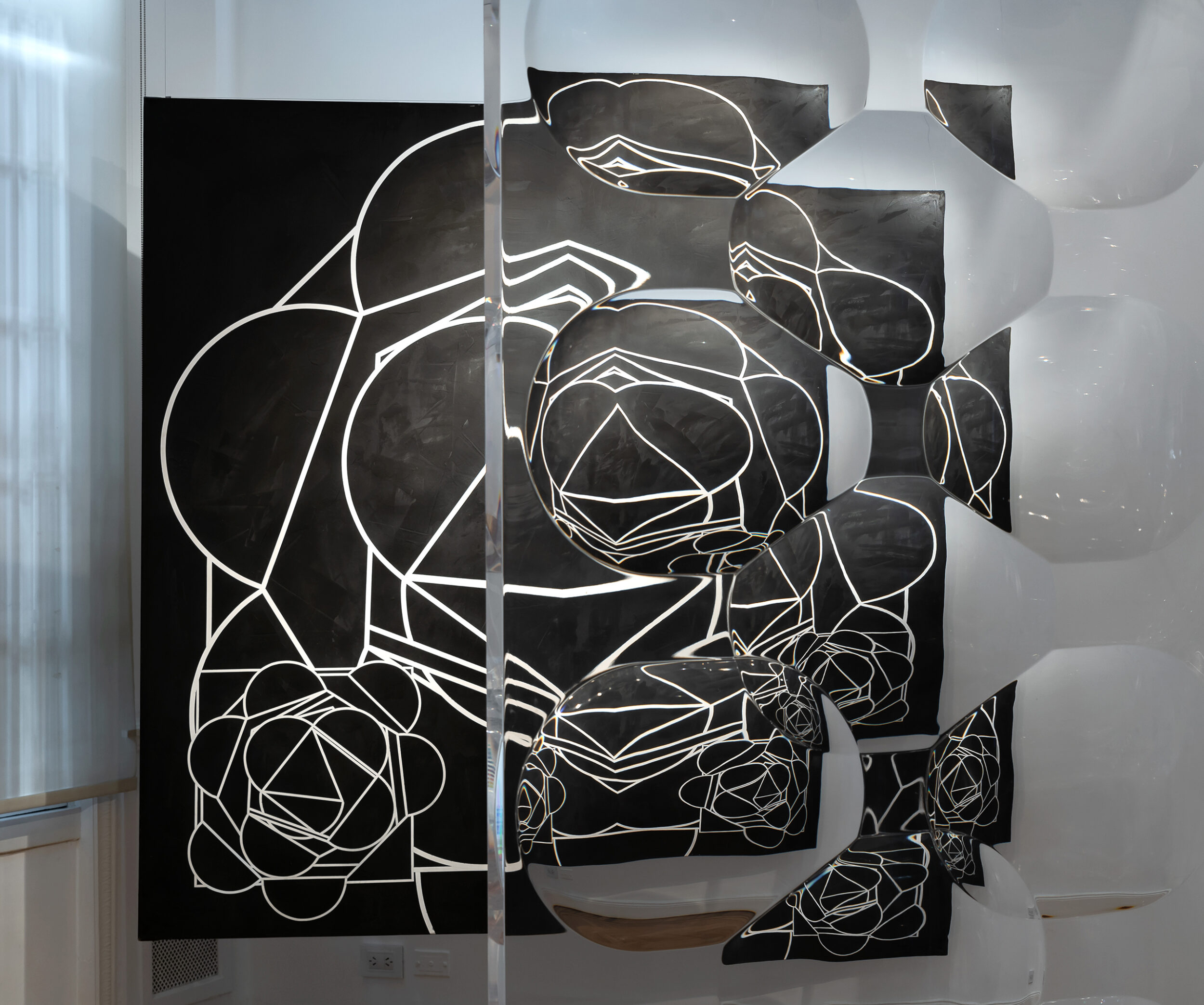



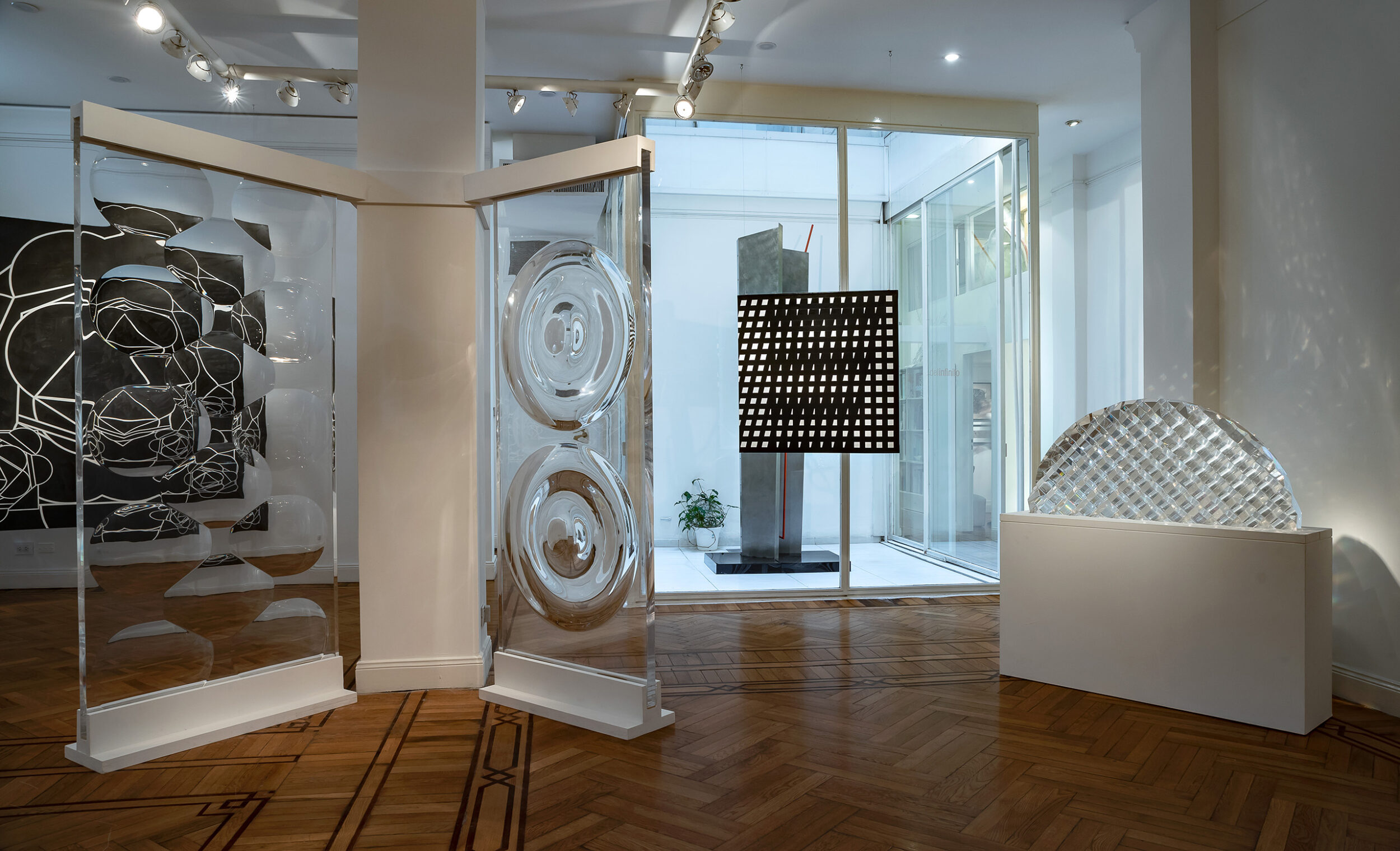

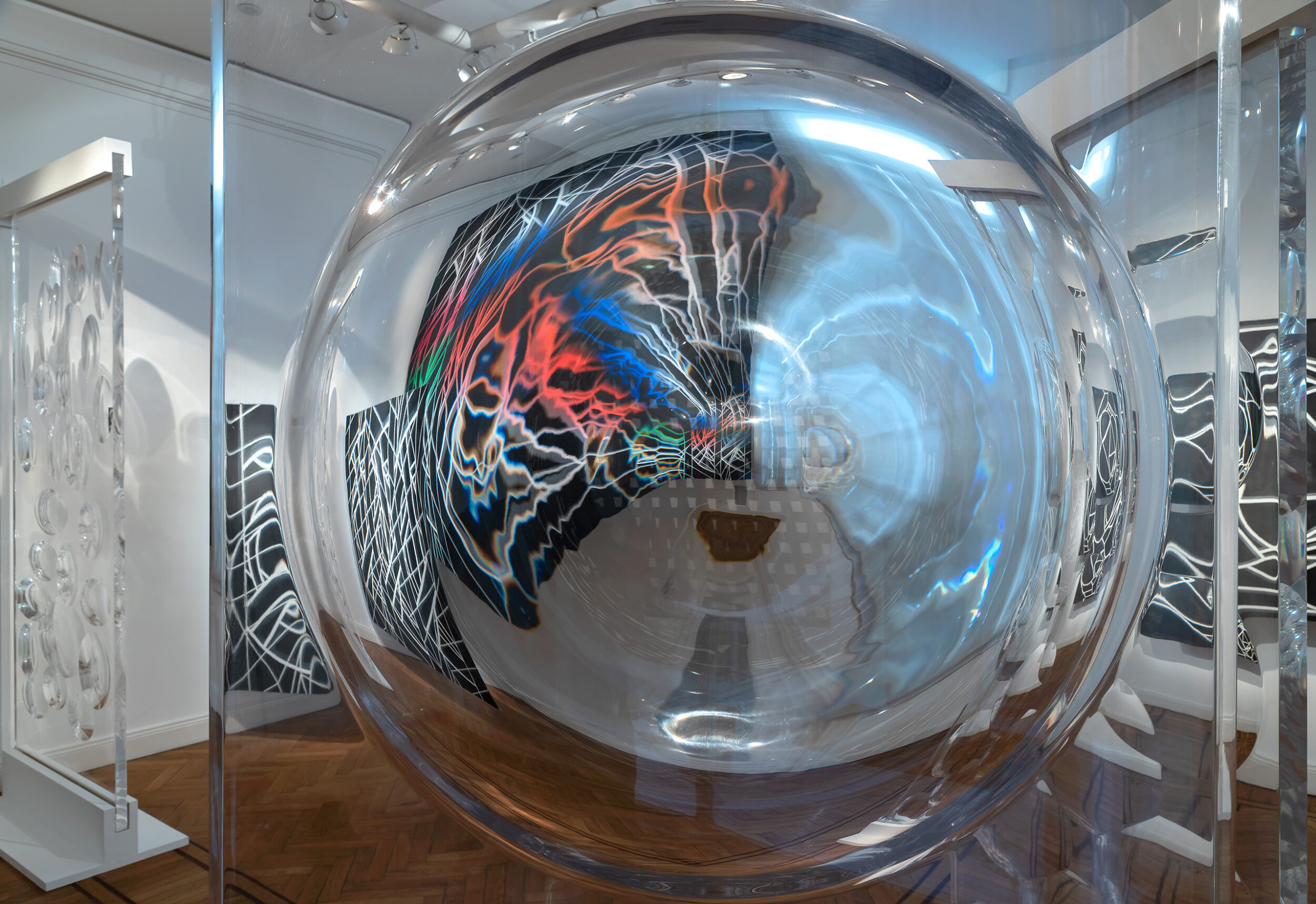

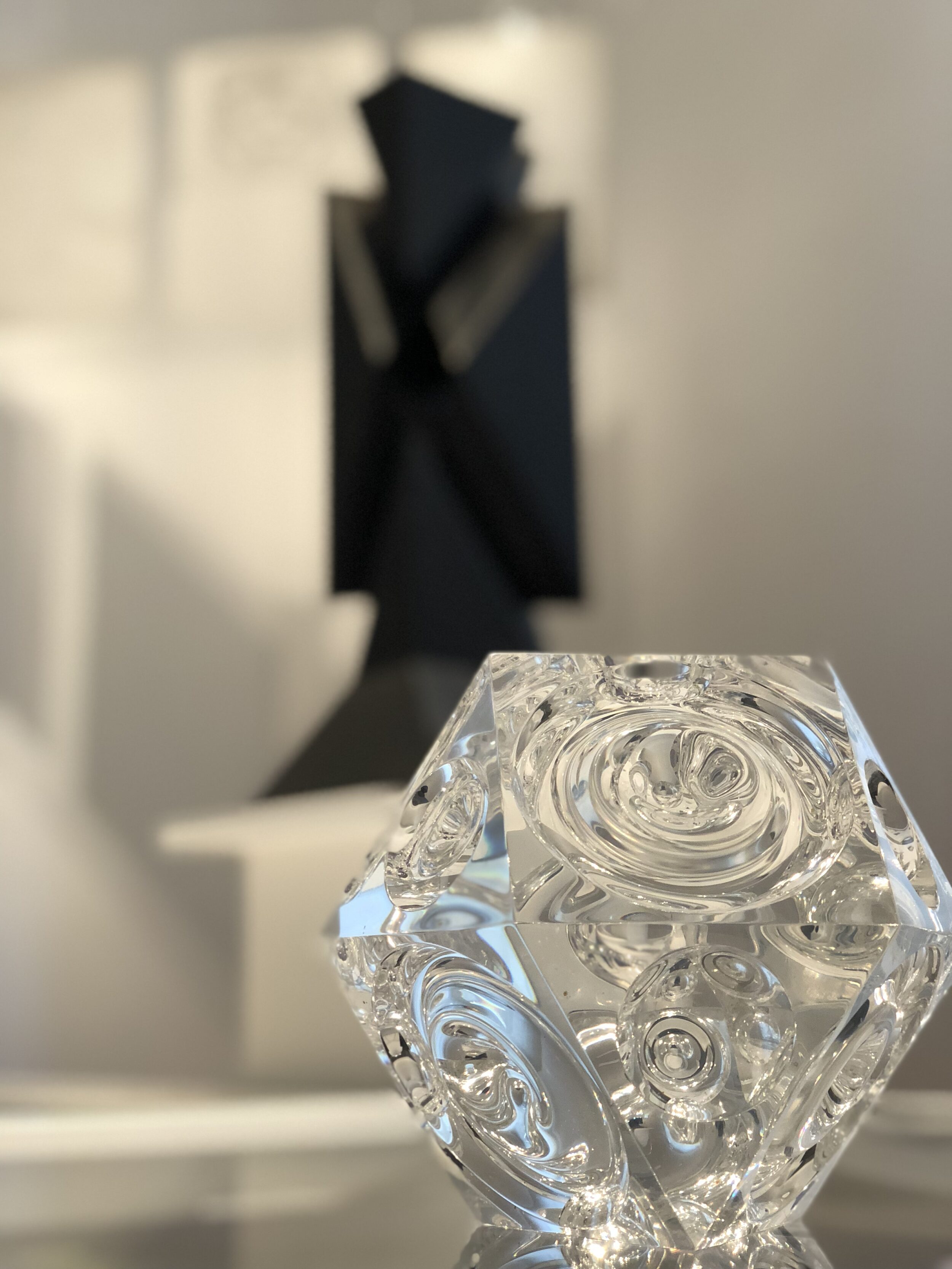
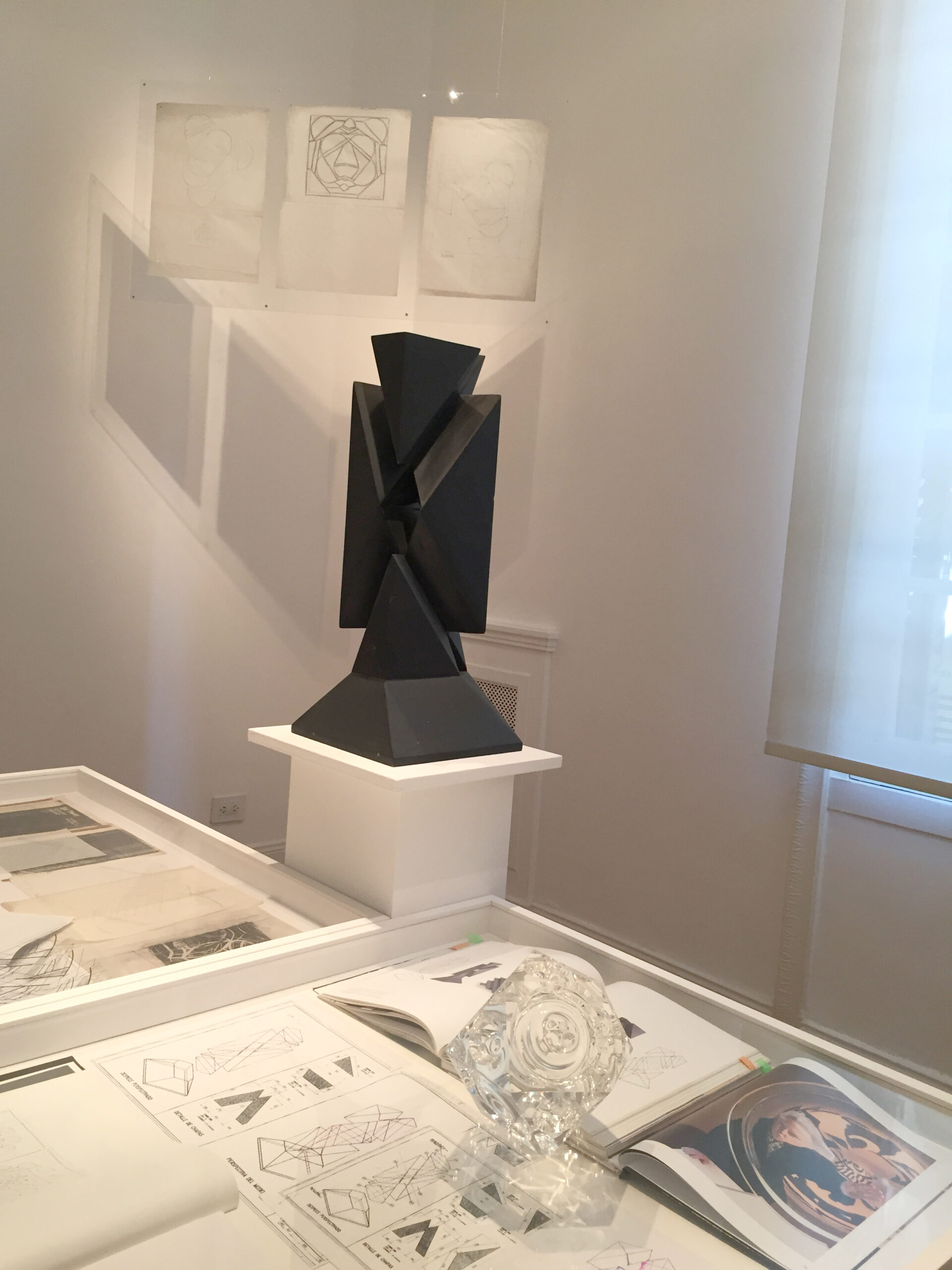

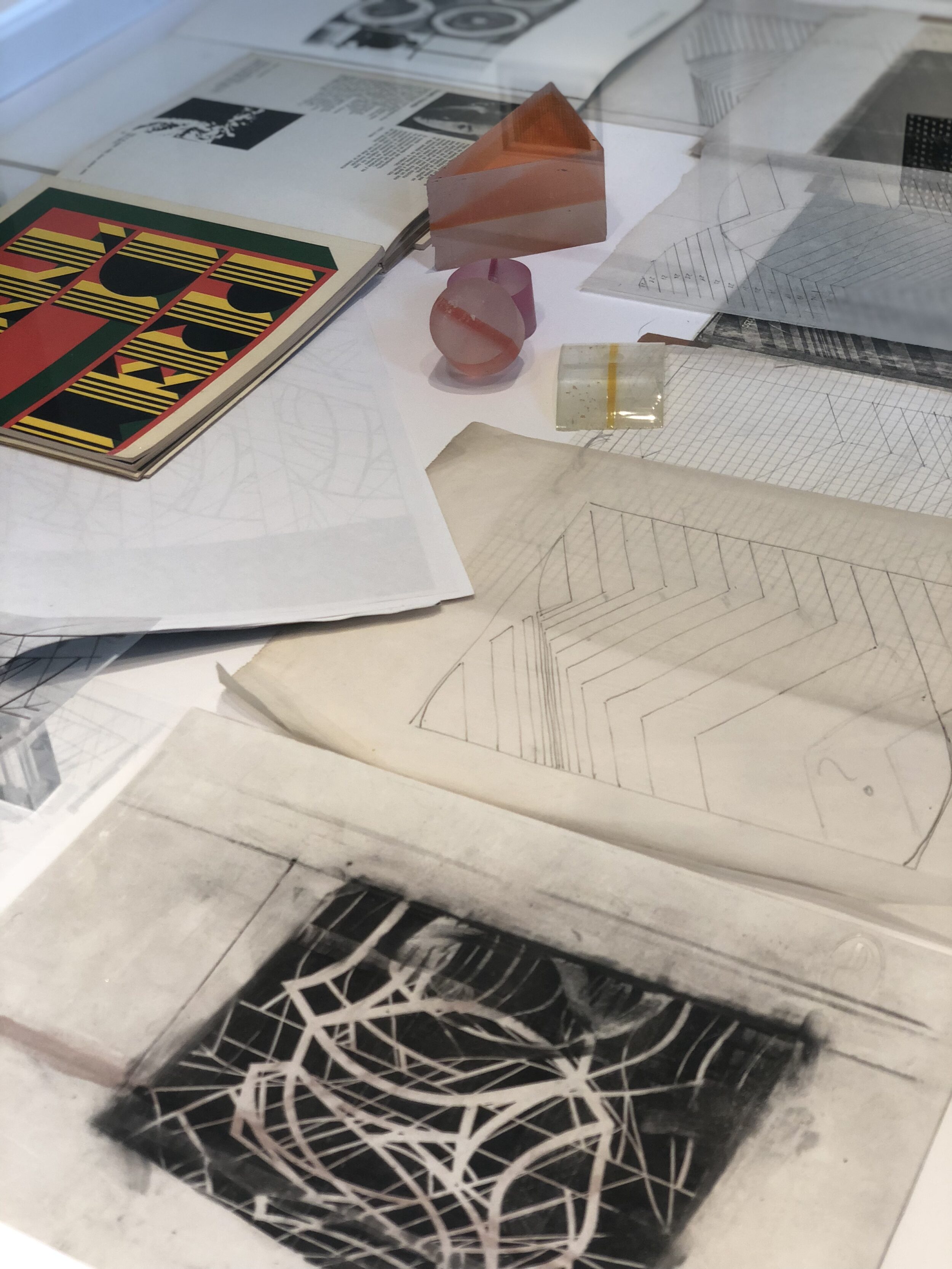
press
other exhibitions
Axel Straschnoy, Beto De Volder, Clorindo Testa, Emilio Pettoruti, Enio Iommi, Esteban Pastorino, Gyula Kosice, Manuel Espinosa, Marcela Cabutti, Matilde Marin, Rogelio Polesello, Romina Ressia, Romulo Macció · 12.12.2023 - 15.02.2024
Indefinit
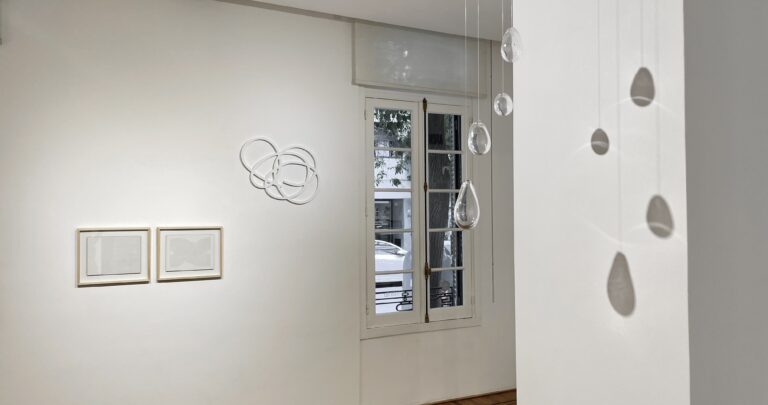
Axel Straschnoy · 02.11.2023 - 29.12.2023
Brave the Heavenly Breezes
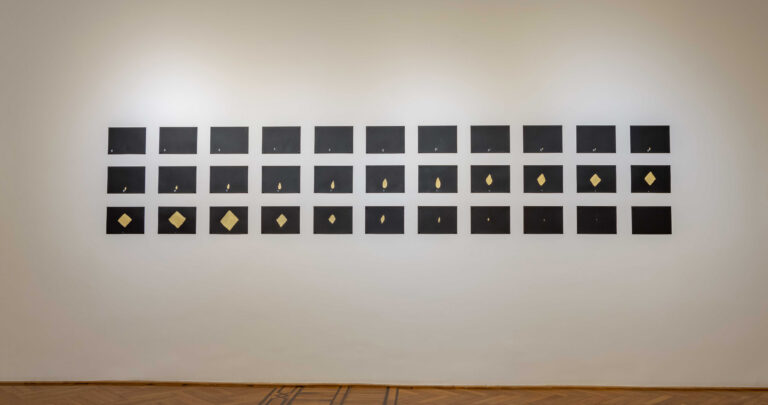
André Komatsu, Enio Iommi, Clorindo Testa · 23.08.2023 - 31.10.2023
Hiato

Mariela Vita · 12.07.2023 - 16.08.2023
GEJIGEJI

Polesello, Aizenbeg, Kosice, Vardanega, Le Parc, Iommi, Puente, Arden Quin, Espinosa, Demarco, Straschnoy, De Volder, Pastorino, Imola, Batistelli, Cabutti, Reyna · 09.02.2023 - 15.03.2023
Eléctrico/ ecléctico
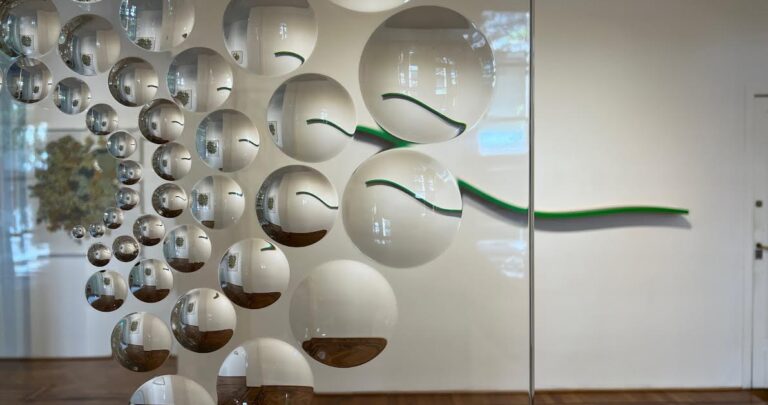
Fabiana Imola & Aníbal Brizuela · 16.09.2022 - 02.12.2022
Inside, the shapes. They move alone
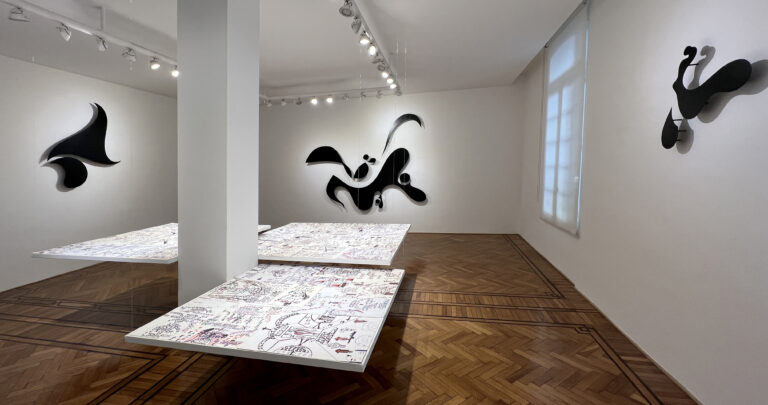
Romina Ressia · 09.06.2022 - 25.08.2022
Grow flowers
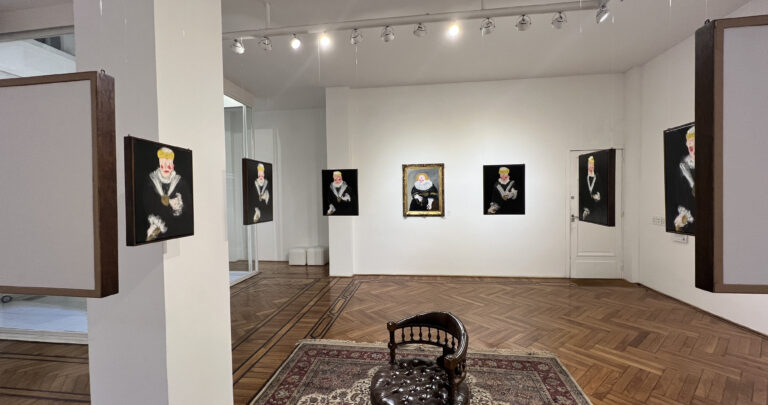
Martín Reyna · 11.03.2022 - 03.06.2022
Color in transit
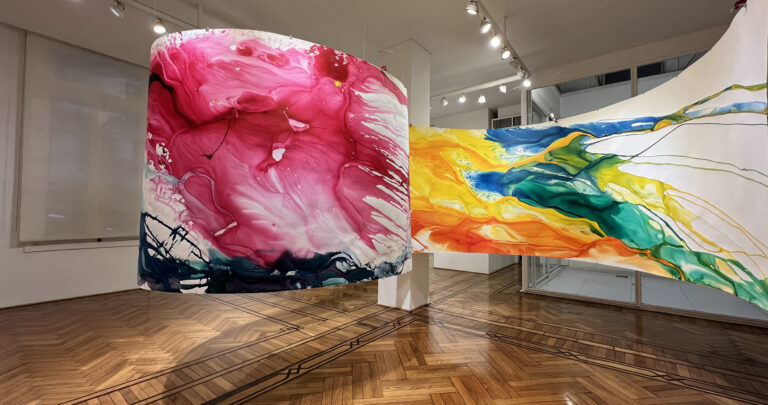
Matilde Marín · 08.02.2022 - 02.03.2022
25FPS

Clorindo Testa · 11.11.2021 - 31.01.2022
Testa, projects and other games

Cabutti, De Volder, Reyna, Imola, Ventoso, Ressia. · 05.10.2021 - 22.10.2021
Group Show 2021 II

Matilde Marín · 23.07.2015 - 21.09.2015
Undetermined landscapes
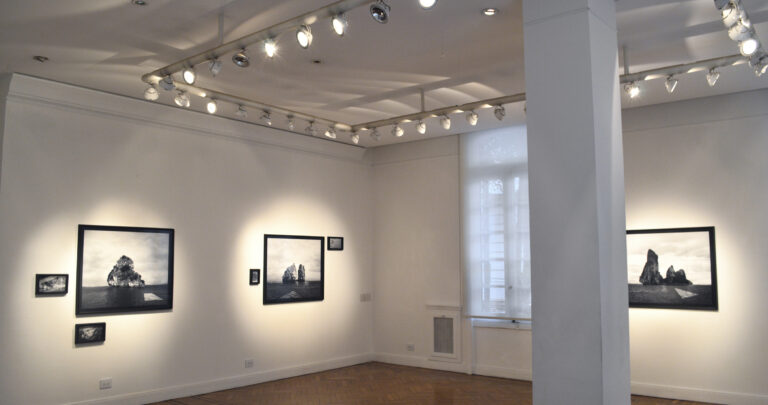
Marcela Cabutti · 16.07.2021 - 22.09.2021
Balcarce, topographic memories of a landscape

Benito Laren · 12.05.2012 - 22.06.2012
Casino
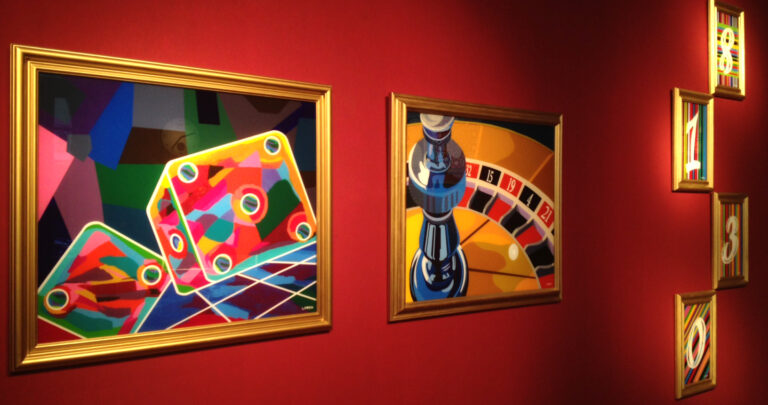
Lila Siegrist · 26.06.2012 - 27.08.2012
Vikinga Criolla
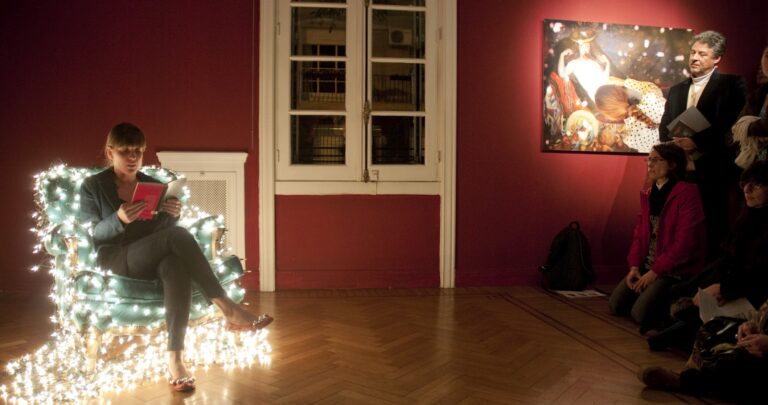
Cárdenas, Imola, Marin, Res, Sommerfelt, Ventoso · 10.08.2012 - 11.10.2012
Morphological confrontations
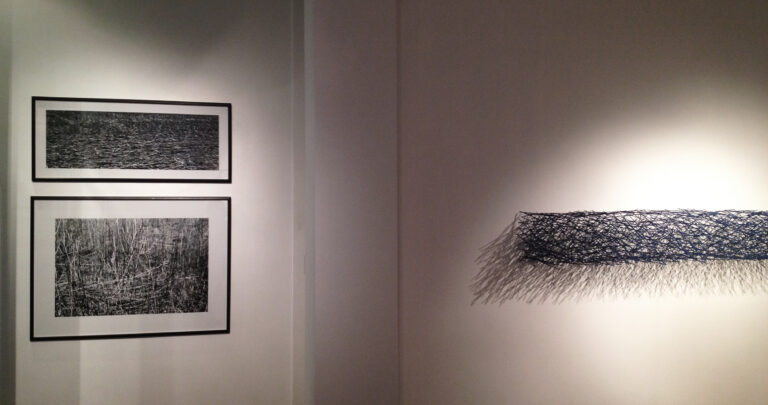
Martin Reyna · 20.09.2012 - 20.11.2012
Reyna in the horizon of color
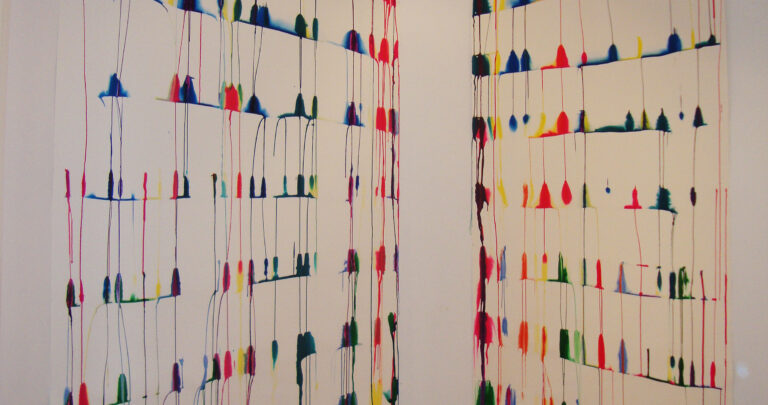
Romina Orazi · 04.12.2012 - 04.02.2013
Subject to infinite division
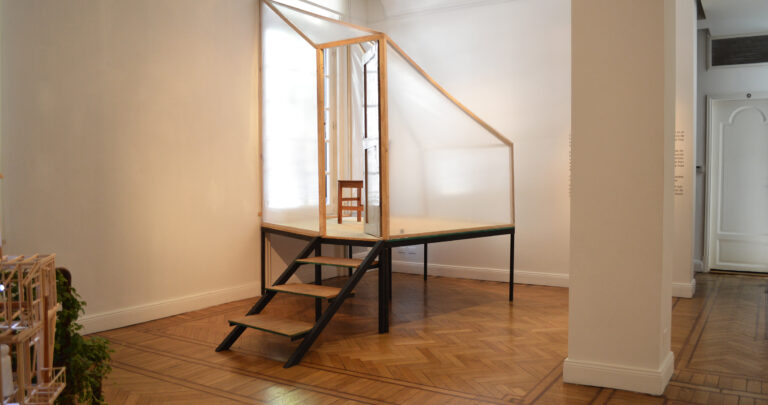
Aizenberg, Boto, Espinosa, Iommi, Lozza, Le Parc, Kosice, Silva, Tomasello, Vardánega · 01.06.2013 - 31.07.2013
Dimensional
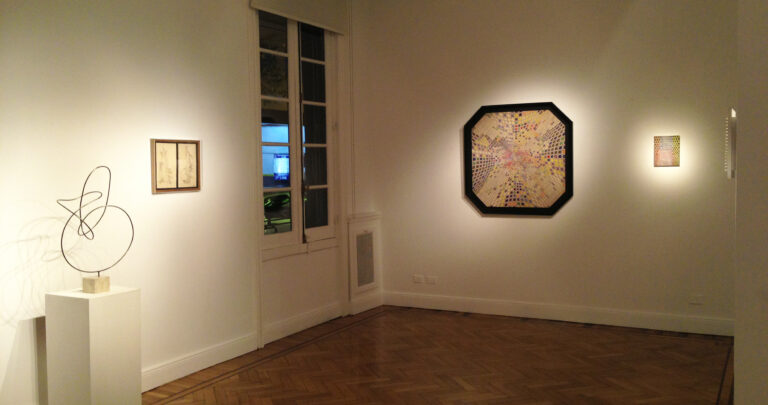
Antoniadis, Marín · 07.09.2013 - 07.11.2013
Double contrast
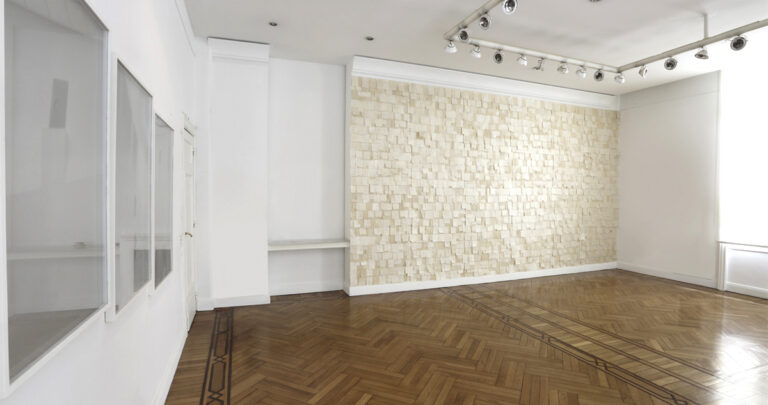
Andrés Sobrino · 28.03.2013 - 30.05.2013
Andrés Sobrino

Antoniadis, Cabutti, Laren, Reyna, Florido, Sobrino, Straschnoy, Tarazona, Ventoso · 20.12.2013 - 15.02.2014
Universus

Elena Dahn · 25.03.2014 - 26.05.2014
Elena Dahn

Marcela Cabutti · 15.07.2014 - 15.09.2014
Finding meaning through shapes

Axel Straschnoy · 12.11.2014 - 19.01.2015
La Figure de la Terre
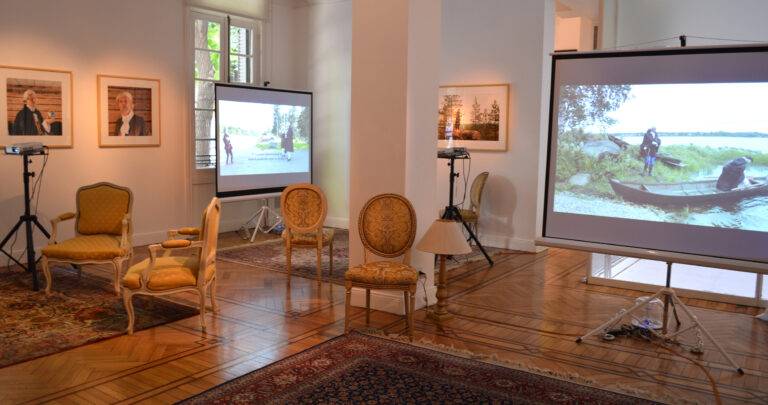
Fusilier, León, Quesada Pons y Vega · 15.03.2015 - 30.04.2015
Limbo

Luciana Levington · 28.05.2015 - 24.07.2015
Luciana Levinton

Leo Battitelli · 12.11.2015 - 12.01.2016
Gargalhadas

Hasper, Scafati · 10.02.2016 - 11.04.2016
Womens’ double
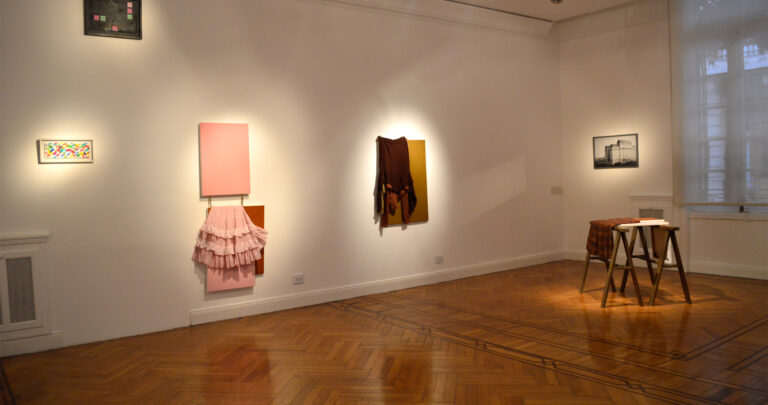
Axel Straschnoy · 12.05.2016 - 13.06.2016
Today, great tomorrow!, in the pines wind blows from the past.
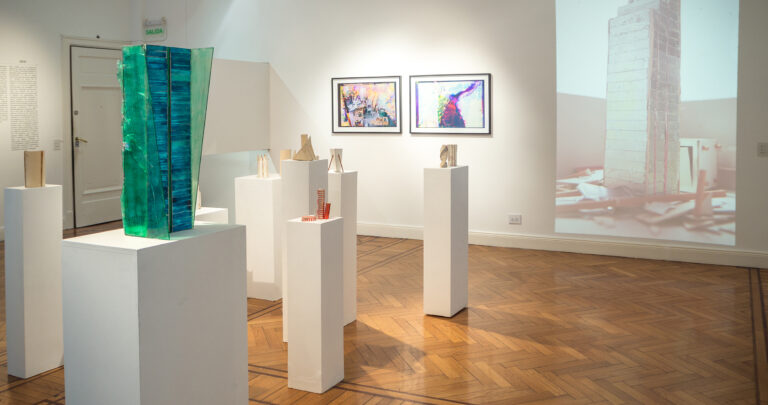
Arden Quin, Boto, Demarco, Espinosa, Iommi, Le Parc, Lozza, Polesello, Puente, Silva, Testa, Tomasello · 07.06.2016 - 05.08.2016
Masters of the avant-garde

De Volder, Sobrino · 11.08.2016 - 10.10.2016
Andres Sobrino and Beto De Volder

Battistelli, Cabutti, Cacchiarelli, Sobrino, De Volder · 02.01.2017 - 28.02.2017
2017 Group Show

Fabiana Imola · 28.02.2017 - 14.04.2017
The forest, the rain and other scenes
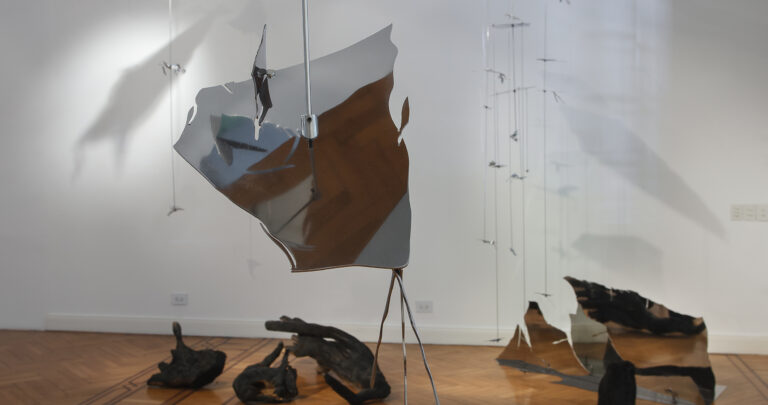
Alberto Heredia · 06.09.2017 - 11.10.2017
Alberto Heredia

Federico Manuel Peralta Ramos · 31.10.2017 - 29.12.2017
Federico Manuel Peralta Ramos
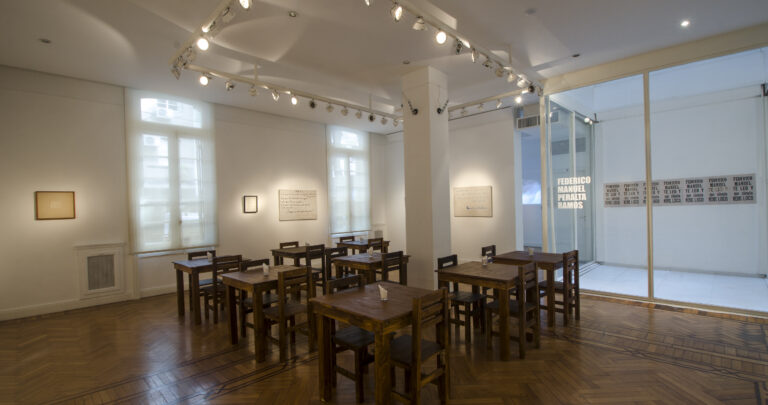
Marcela Cabutti · 10.11.2017 - 31.01.2018
About the effective distance between objects

Luciana Rondolini · 15.02.2018 - 15.04.2018
End
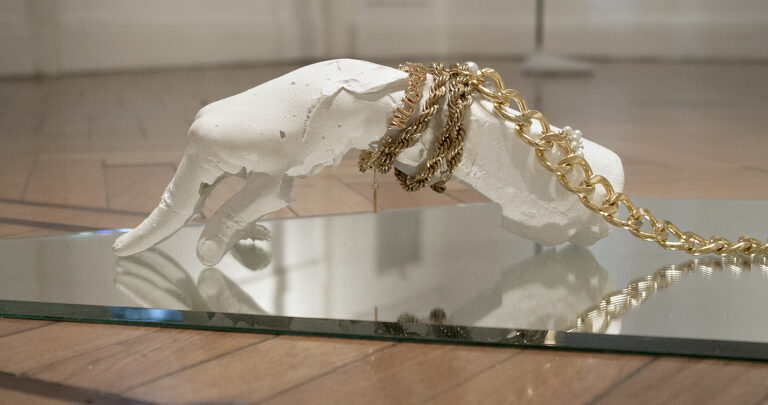
Estanislao Florido · 27.04.2018 - 01.07.2018
The disenchanted object

Battistelli, Cabutti, Marín, Straschnoy, Ventoso, De Volder · 06.07.2018 - 31.08.2018
2018 Group Show

Cabutti, Imola, Marín, Reyna, Rondolini, Straschnoy, De Volder · 27.02.2019 - 03.04.2019
2019 Group Show

Alberto Greco · 04.04.2019 - 31.08.2019
The bad handwriting
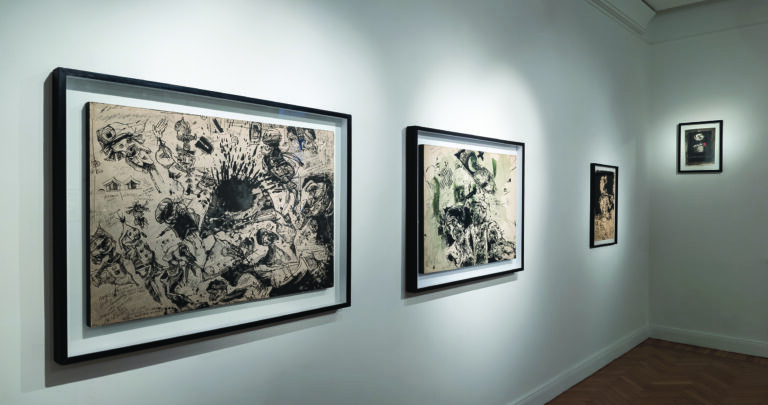
Matilde Marín · 25.09.2019 - 31.12.2019
As the blue smoke of Ítaca is spotted

Esteban Pastorino · 10.09.2020 - 29.01.2021
Pastorino
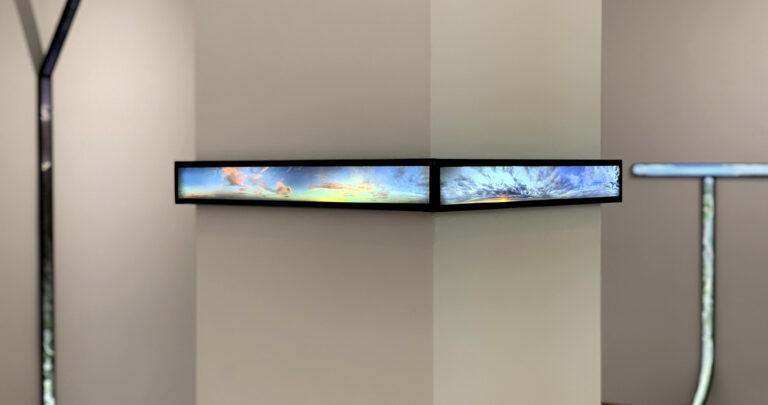
Marín, Imola, De Volder, Reyna, Florido, Straschnoy, Pastorino · 08.02.2021 - 01.04.2021
2021 Group Show
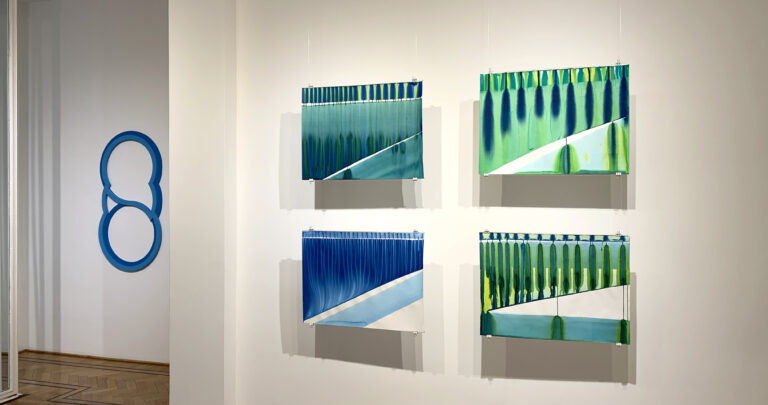
Alberto Greco · 06.04.2021 - 30.06.2021
LA PITTURA È FINITA. Poses and impostures of Alberto Greco in Italy
